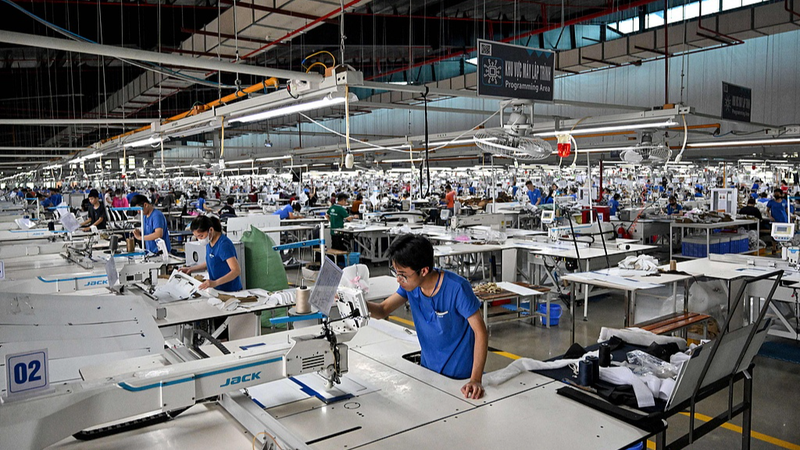
Tariff Accord Opens US-Vietnam Trade: 20% Duty, Zero Tariff for U.S. Goods
President Trump unveils a new tariff deal with Vietnam: 20% on exports, 40% on transshipping, and zero tariffs for U.S. goods.
My Global News: Voices of a New Era
🌍 Stay Ahead, Stay Global 🚀

President Trump unveils a new tariff deal with Vietnam: 20% on exports, 40% on transshipping, and zero tariffs for U.S. goods.

After a five-month blockade, aid trucks carrying food and medicine finally reached Gaza, sparking emotional scenes as residents share stories of resilience.
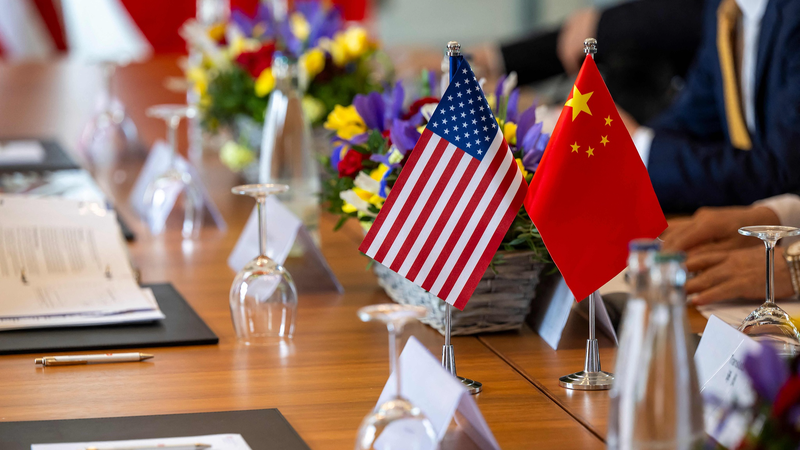
Following the London talks, China-U.S. trade relations enter a phase of cautious de-escalation, with supply chain shifts and tech controls shaping the path ahead.
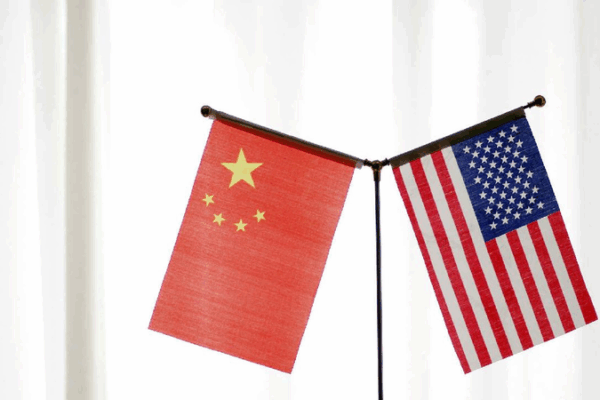
A global CGTN poll reveals netizens urge the U.S. to meet China halfway on trade and applaud progress in London talks, highlighting mutual benefits and supply chain stability.

China and the U.S. wrapped up their first economic dialogue in London, aiming to stabilize trade, boost cooperation in tech and diversify global supply chains.
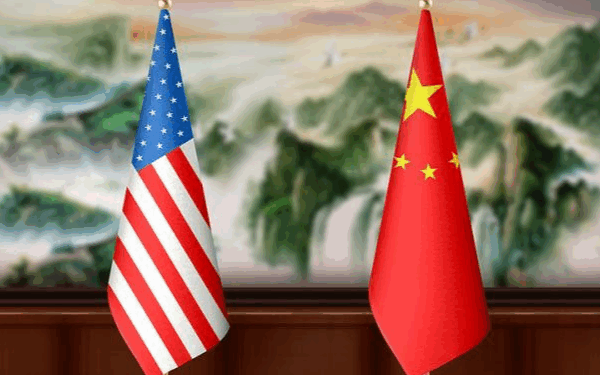
As the Chinese mainland and the U.S. convene in London for economic talks, experts say renewed dialogue can stabilize fragile supply chains, boost growth and foster global cooperation.

US export curbs on aviation tech to the Chinese mainland threaten GE, Honeywell, and US supply chains, risking hundreds of millions in revenue and long-term competitiveness.

China calls on the United States to abandon excessive national security tariffs on steel and aluminum, warning of supply chain risks and urging fair dialogue.
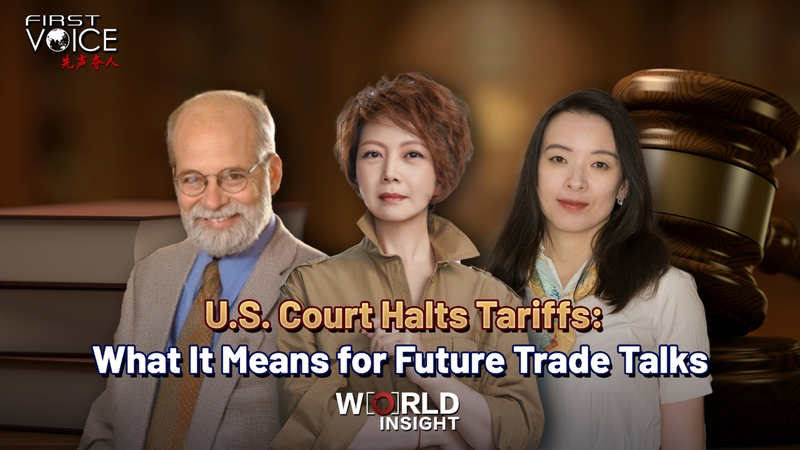
A U.S. trade court ruled Trump-era tariffs unlawful under IEEPA, stirring uncertainty for businesses and future global trade negotiations.
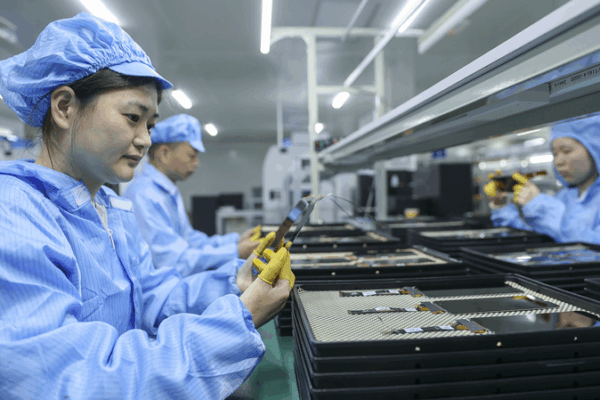
The manufacturing PMI in the Chinese mainland rose to 49.5 in May, up 0.5 from April, reflecting faster output and stronger business expectations, the NBS reports.